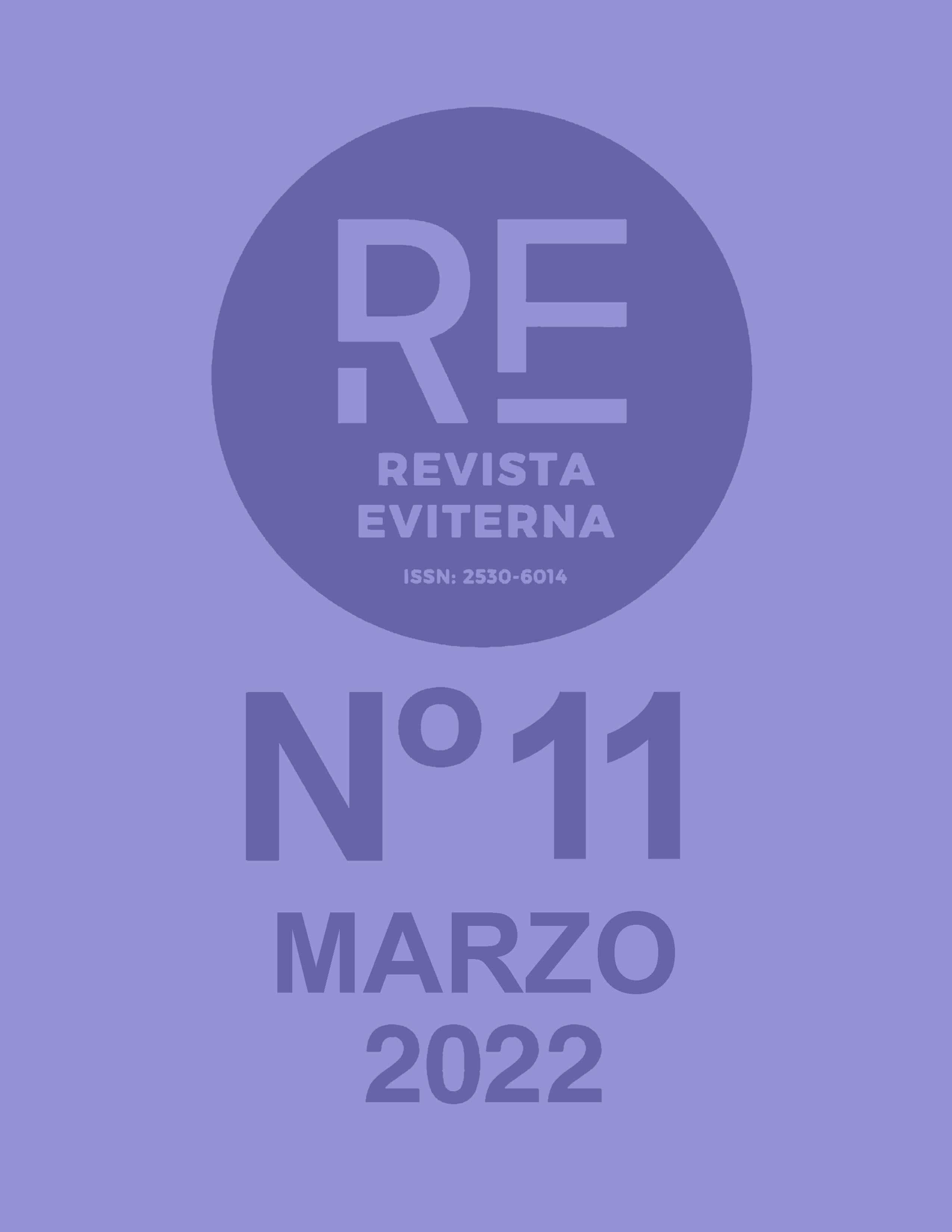Screening Oxford. City, university and cinema
DOI:
https://doi.org/10.24310/Eviternare.vi11.14147Keywords:
Oxford, City and cinema, University, University lifeAbstract
Oxford has been an important location for many filmmakers. On the whole, screening cities reveals how we deal with our own idea of metropolis and the way of living in it. They all are meeting places and crossroads of different cultures, social issues, disturbing urban projects and from now on the natural place for the development of human landscapes. In this case we are focusing on the University city par excellence, very well portraited as a film set but almost never as a film character. To deepen the study of this issue is our purpose.
Downloads
Metrics
References
Brook, R. (2012). University On-Screen. The Oxford Student. Recuperado de: https://www.oxfordstudent.com/2012/university-on-screen/
Brook, R. (2014). Oxford University on Film: Fact vs Fiction. The Oxford Student. Recuperado de: https://www.oxfordstudent.com/2014/09/01/fact-vs-fiction-oxford-university-on-film/
Chaves Martín, M.A. (2018). Imágenes urbanas: la mirada del artista. Artigrama, 33, 39-56.
García Gómez, F. y Pavés Borges, G. (2014). Ciudades de cine. Madrid: Cátedra.
García Moreno, B (Ed.). (2000). La imagen de la ciudad en las artes y en los medios. Colombia: Universidad Nacional.
Geisinger, G. (2019). Tolkien Filming Locations: Where was the Tolkien biopic filmed? Express. Recuperado de: https://www.express.co.uk/entertainment/films/1126196/tolkien-movie-filming-location-oxford-university-france-uk-nicholas-hoult-where-was
Hall, A. (2020). The Illusion of a Cinematic Oxford. The Oxford Student. Recuperado de: https://www.oxfordstudent.com/2020/05/23/98631/
Marcos Arteaga, I. C. (2016). La fascinación por las formas. Espacios para la magia en Harry Potter y la piedra filosofal: de la novela a la gran pantalla. Latente. Revista de Historia y Estética del Audiovisual, 14, 91-115.
McCabe, B. (2011): Harry Potter: Page to Screen. The Complete Filmmaking Journey. California: Harper Collins
Reilly, M. y Negargar, D. (2016). “Debate. Best University-Themed Film”. The Oxford Student. Recuperado de: https://www.oxfordstudent.com/2016/10/04/debate-best-university-themed-film/
Subirats Rüggeberg, E. (1985). Sinfonía de una ciudad dividida. [Entrada de blog] Recuperado de https://arquitecturaviva.com/articulos/sinfonia-de-una-ciudad-dividida
Taplin, P. (2018). Oxford Film Locations. Pitkin.
Vallejo, A. (2003). Cine, ciudad y fragmento. E-Mail Educativo, 1-1. 13-20.
Downloads
Published
How to Cite
Issue
Section
License
All the contents published in Revista Eviterna are subject to the Creative Commons Reconocimento-NoComercia-Compartirigual 4.0 license, the full text of which can be found at <http://creativecommons.org/licenses/by-nc-sa/4.0>
They may be copied, used, disseminated, transmitted and publicly exposed, provided that:
The authorship and original source of your publication (Journal, editorial and URL of the work) are cited.
They are not used for commercial purposes.
The existence and specifications of this use license are mentioned.

Copyright is of two kinds: moral rights and patrimonial rights. Moral rights are perpetual, inalienable, inalienable, inalienable, inalienable and imprescriptible prerogatives.
In accordance with copyright legislation, Revista Eviterna recognizes and respects the moral rights of the authors, as well as the ownership of the economic right, which will be transferred to the University of Malaga for dissemination in open access.
The economic rights refer to the benefits obtained by the use or disclosure of the works. Revista Eviterna is published in open access and is exclusively authorized to carry out or authorize by any means the use, distribution, disclosure, reproduction, adaptation, translation or transformation of the work.
It is the responsibility of the authors to obtain the necessary permissions of the images that are subject to copyright.






12.png)
